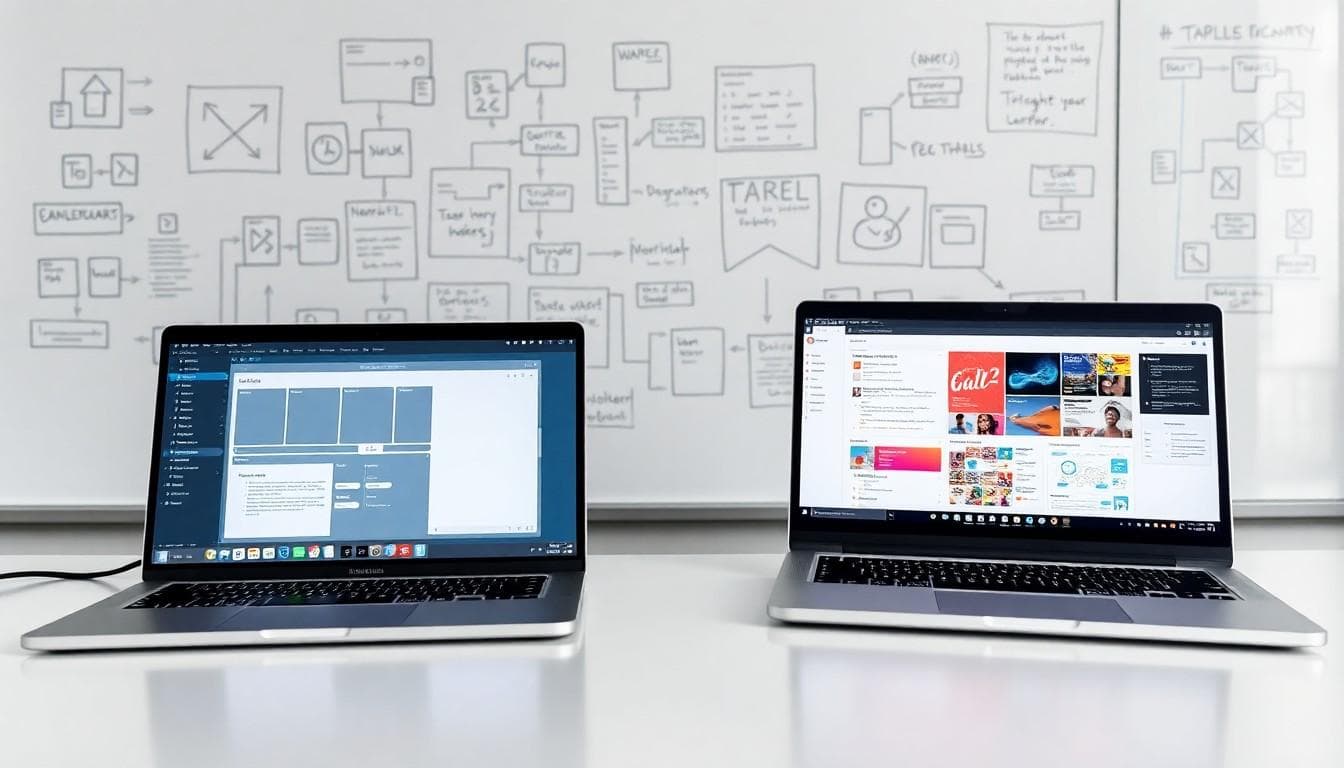Build and deployment automation (CI/CD) is an important part of the modern software development process. This is especially true for desktop applications that are web-based. In this article, we will look at how to customize CI/CD for such applications using popular tools and approaches.
What is CI/CD?
CI (Continuous Integration) and CD (Continuous Delivery/Continuous Deployment) are practices aimed at automating software build, testing, and deployment processes. CI helps developers integrate code into a central repository several times a day, while CD automates the process of delivering updates to users’ endpoints.
Why CI/CD for desktop applications?
For desktop applications built on web technologies (e.g., using Electron, Tauri, or NW.js), CI/CD helps:
- Reducing update deployment errors.
- Automating builds for different platforms (Windows, macOS, Linux).
- Accelerating the release of new versions of the application.
- Testing on different platforms using virtual machines or containers.
How to set up CI/CD for desktop applications?
Choosing a CI/CD tool
The following tools are suitable for automating the build and deployment of web-based desktop applications:
- GitHub Actions: allows you to customize CI/CD for projects hosted on GitHub. It is ideal for automating the process of building, testing, and deploying applications.
- GitLab CI/CD: a similar tool suitable for projects hosted on GitLab. It provides a wide range of features to automate various stages of development.
- CircleCI: a continuous integration tool that supports multiple platforms and offers flexibility in customizing builds.
- Jenkins: a versatile automation tool that is also used for building desktop applications.
Customizing the build process
In the first step, you need to customize the build process. This includes:
- Installing dependencies (e.g. Node.js, NPM for Electron, or Rust for Tauri).
- Building the project with the target platform in mind.
- Checking the code for bugs and running tests using tools such as Jest or Mocha.
Testing on different platforms
Desktop applications often require testing on multiple operating systems (Windows, macOS, Linux). Virtual machines or containers can be used for this purpose.
- In GitHub Actions for testing on different platforms, you can set up multiple running environments using the runs-on key with values such as ubuntu-latest, windows-latest, macos-latest.
- Docker can also be useful for containerizing tests, allowing you to test your application in the same environment on different systems.
Deployment automation
After successful build and testing, it is important to set up automatic deployment of the application. For desktop applications on Electron or Tauri, this can be the process of packaging them into executable files (EXE, DMG) and uploading them to a repository such as GitHub Releases or third-party servers for distribution.
Monitoring and feedback
Once deployed, it is important to monitor the performance of the application and collect feedback from users. For this, you can use monitoring tools such as Sentry or Datadog to track bugs and application performance in real time.
Conclusion
CI/CD customization for web-based desktop applications is a powerful tool to improve the development and release process. Using tools such as GitHub Actions, GitLab CI/CD, Jenkins, and CircleCI, you can automate the building, testing, and deployment of applications, which significantly improves development speed and reduces bugs.
Process automation contributes significantly to the creation of a high-quality and stable software product that reaches end users quickly.



